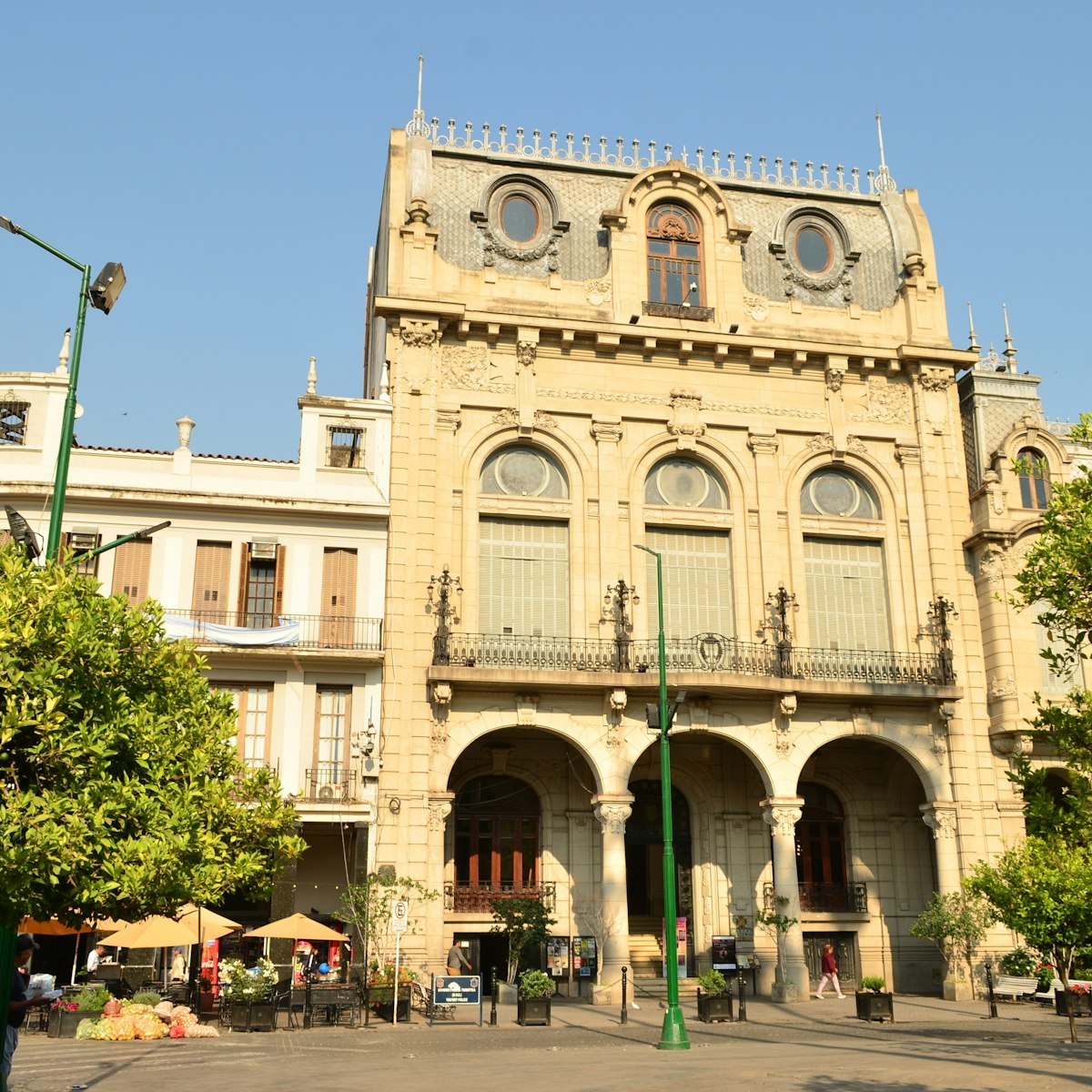This eye-opening private museum is worth seeing if you’re interested in indigenous art and culture. Juxtaposing archaeological finds with contemporary and recent artisanal work from all over Latin America, it encourages a broad view of Andean culture and is an exquisite dose of color and beauty run with great enthusiasm. The collection is revealed on bilingual tours (with flair!) by the charming English-speaking management.
The pieces include amazing macaw-feather creations, religious sculpture from the Cuzco School, tools of the trade from Bolivian Kallawaya healers and finely crafted Mapuche silver jewelry, and are high quality – testament to decades of study and collection by the anthropologist founder.

